Circus Kid (2016)
The Pickle Family Circus was founded by Lorenzo Pisoni's parents in 1974. The film documents the spirit, the lunacy, the daring, the danger and the dynamics of growing up in a circus family.
The Pickle Family Circus was founded by Lorenzo Pisoni's parents in 1974. The film documents the spirit, the lunacy, the daring, the danger and the dynamics of growing up in a circus family.
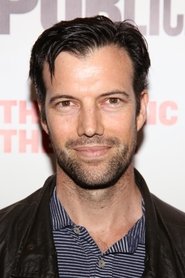 Lorenzo PisoniHimself
Lorenzo PisoniHimself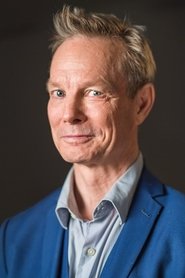 Bill IrwinHimself
Bill IrwinHimselfA surreal look at the day-to-day life of American soldiers stationed in Guantanamo Bay, Cuba through the eyes of a traveling circus troupe cleared to perform there.
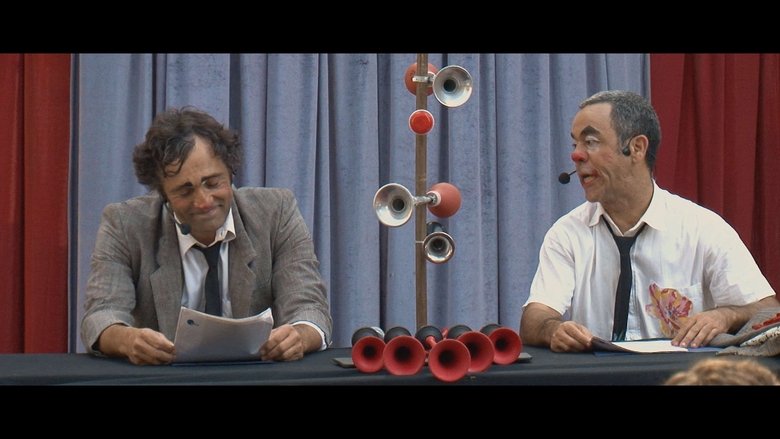
The documentary “Pagliacci” celebrates – in a poetic way – what it means to be a clown. The film addresses philosophical and symbolic questions about man’s need to laugh at himself. In a sensorial and emotional mix, the film starts from what is most human and true: laughter.
In 1988, the Cirque du Soleil toured the United States and set up its big top in New York City - a grand three-ring circus in itself! - garnering rave reviews. Behind the scenes, artists working in the fledgling Quebec circus talk about what it means to them to be a part of this success, and also the price they pay for sharing the American Dream.
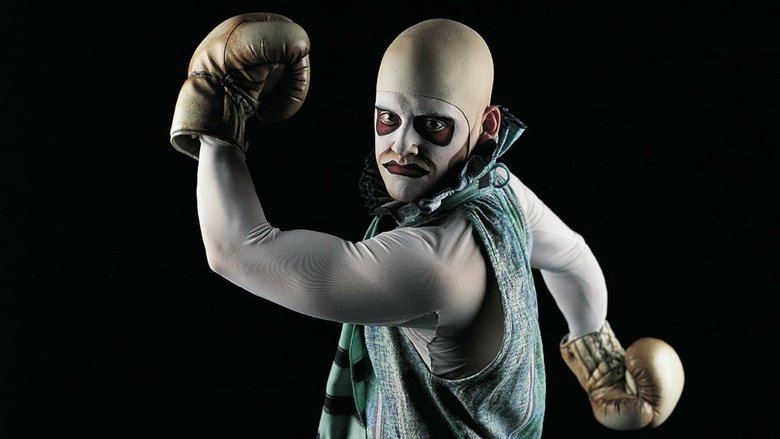
A young girl has already seen everything there is to see and her world has lost all meaning. Her anger shatters her world and she finds herself in the universe of QUIDAM, where she is joined by a playful companion, as well as another mysterious character who attempts to seduce her with the marvelous, the unsettling and the terrifying.
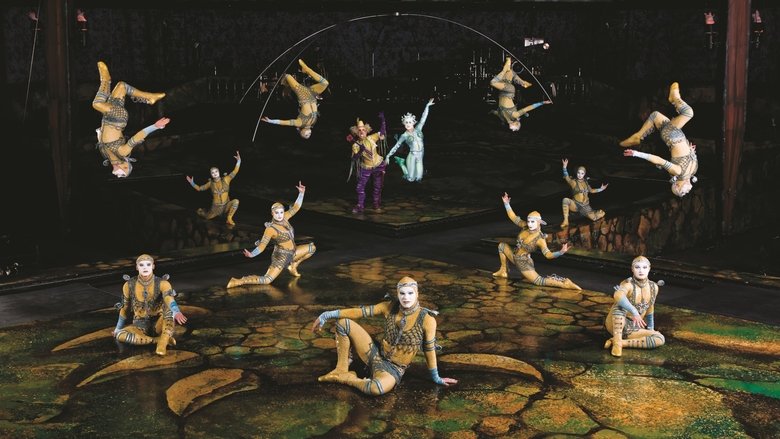
Alegría is a mood, a state of mind. The themes of the show, whose name means "jubilation" in Spanish, are many. Power and the handing down of power over time, the evolution from ancient monarchies to modern democracies, old age, youth - it is against this backdrop that the characters of Alegría play out their lives. Kings' fools, minstrels, beggars, old aristocrats and children make up its universe, along with the clowns, who alone are able to resist the passing of time and the social transformations that accompany it.
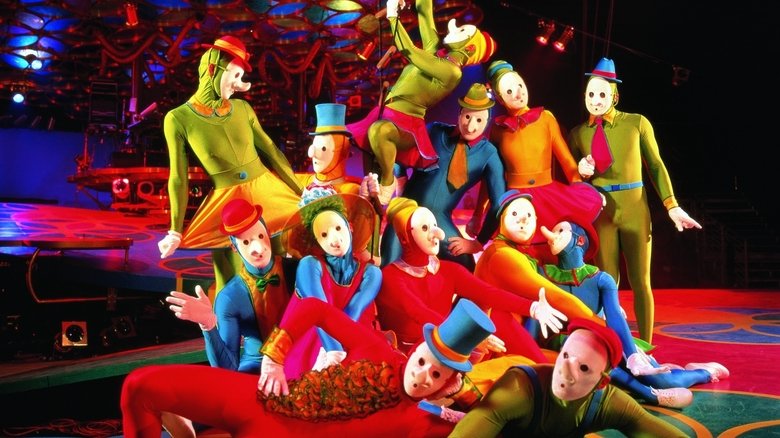
From the Italian 'saltare in banco' – which literally means 'to jump on a bench' – Saltimbanco explores the urban experience in all its myriad forms. Between whirlwind and lull, prowess and poetry, it takes spectators on an allegorical and acrobatic journey into the heart and soul of the modern city.
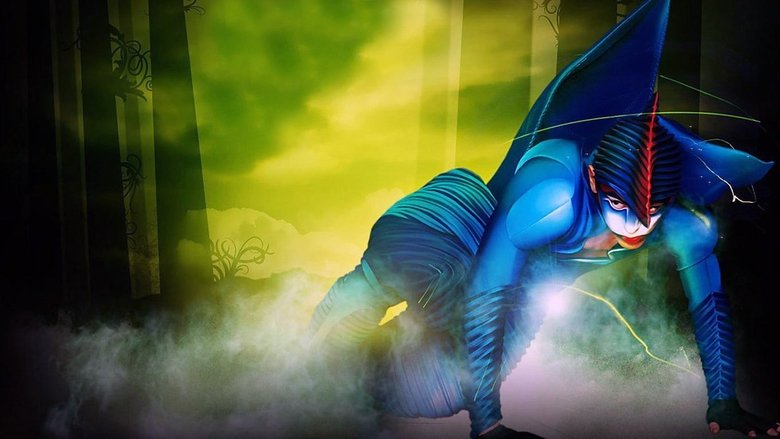
Icarus is the main character of Varekai, who falls to the ground, breaking his legs as he does. He is suddenly in a strange, new world full of creatures he has never seen before. Parachuted into the shadows of a magical forest, a kaleidoscopic world populated by fantastical creatures, this young man sets off on an adventure both absurd and extraordinary.
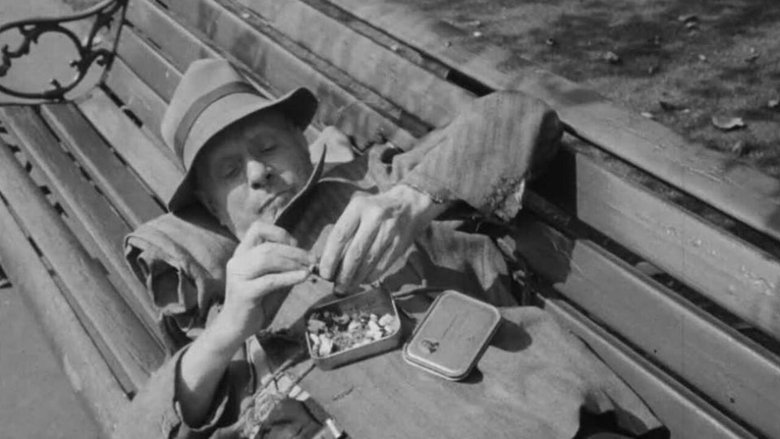
Impressionistic glimpses of London life from early morning to rush hour.
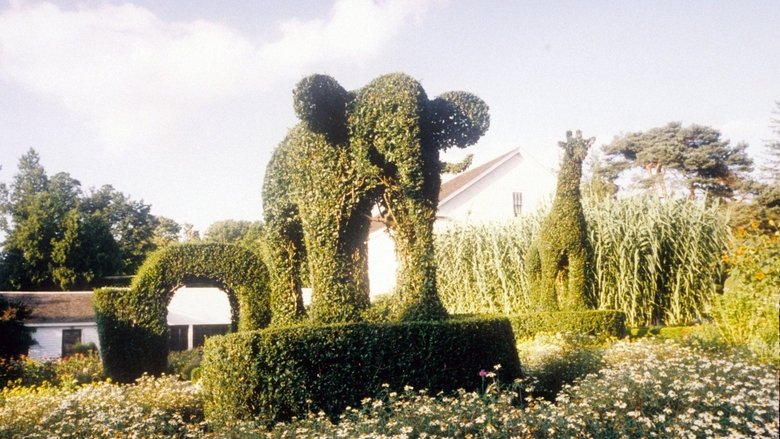
Errol Morris’s Fast, Cheap & Out of Control interweaves the stories of four men, each driven to create eccentric worlds from their unique obsessions, all of which involve animals. There’s a lion tamer who shares his theories on the mental processes of wild animals; a topiary gardener who has devoted a lifetime to shaping bears and giraffes out of hedges and trees; a man fascinated with hairless mole rats; and an MIT scientist who has designed complex, autonomous robots that can crawl like bugs.
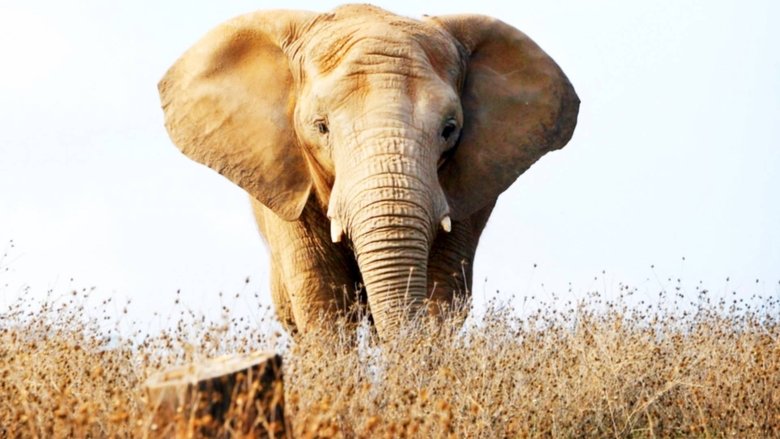
Elephants are among the most majestic and intelligent creatures on Earth--but for hundreds of years, they have suffered at the hands of humans. Narrated by Lily Tomlin, this documentary short traces our long history with elephants and explores the many problems that arise when they are brought to live in captivity in zoos and circuses.
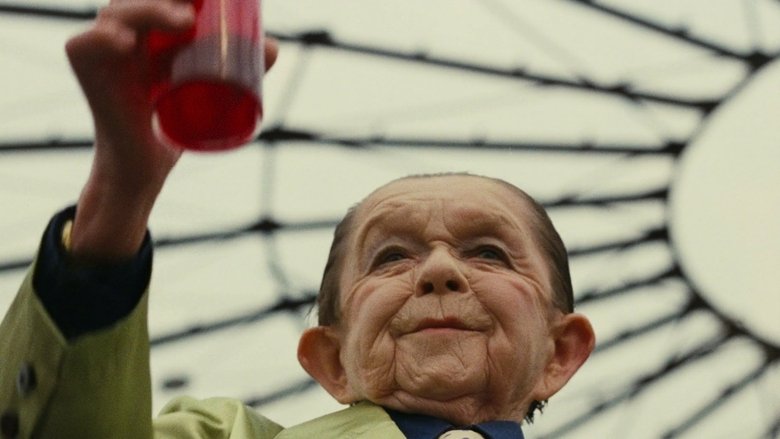
Vienna’s Prater is an amusement park and a desire machine. No mechanical invention, no novel idea or sensational innovation could escape incorporation into the Prater. The diverse story-telling in Ulrike Ottinger’s film “Prater” transforms this place of sensations into a modern cinema of attractions. The Prater’s history from the beginning to the present is told by its protagonists and those who have documented it, including contemporary cinematic images of the Prater, interviews with carnies, commentary by Austrians and visitors from abroad, film quotes, and photographic and written documentary materials. The meaning of the Prater, its status as a place of technological innovation, and its role as a cultural medium are reflected in texts by Elfriede Jelinek, Josef von Sternberg, Erich Kästner and Elias Canetti, as well as in music devoted to this amusement venue throughout the course of its history.
An Austrian director followed five successful African music and dance artists with his camera and followed their lives for a year. The artists, from villages in Ghana, Gambia and Congo, were the subjects of Africa! Africa! touring across Europe, but they have unbreakable roots to their homeland and their families. Schmiderer lovingly portrays his heroes, who tell their stories about themselves, their art and what it means to them to be African with captivating honesty. The interviews are interwoven with dance scenes and colourful vignettes set to authentic music.
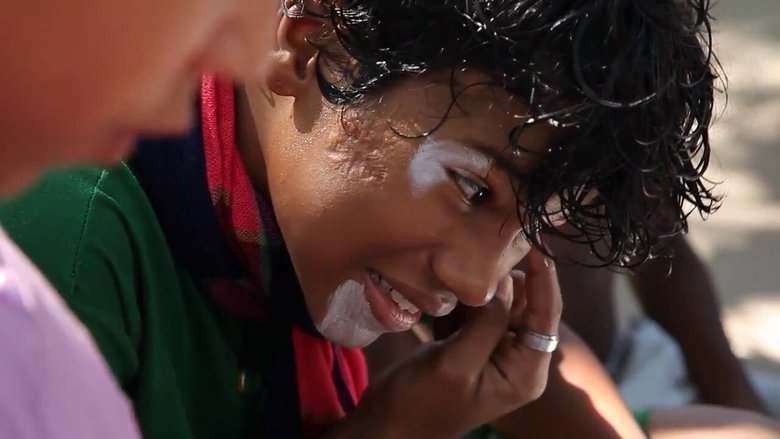
Jonas is 13 years old and his life's dream is to maintain the circus that he created in his backyard. While he faces this challenge, he will live the adventure of growing up.
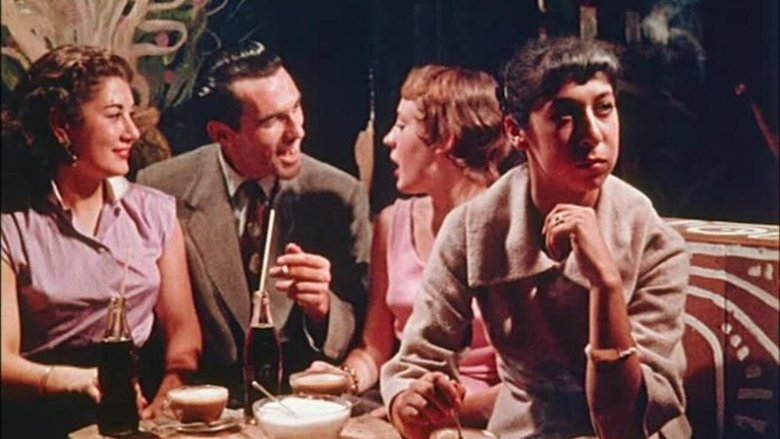
1950s Soho beats with far more energy than its 21st century counterpart in this vivid time capsule.
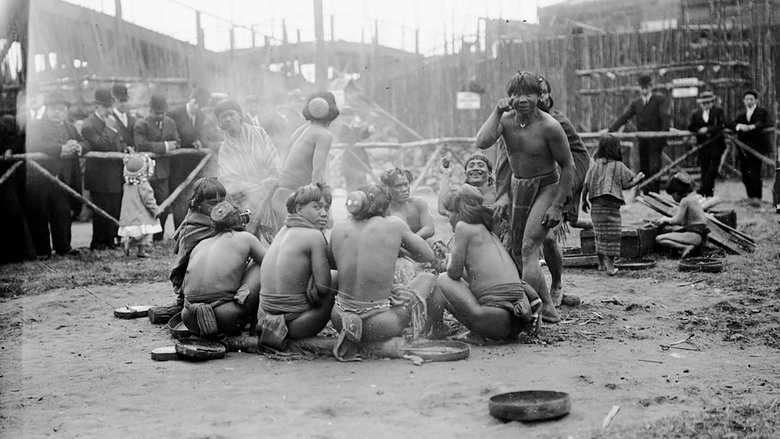
For more than a century the great colonial powers put human beings, taken by force from their native lands, on show as entertainment, just like animals in zoos; a shameful, outrageous and savage treatment of people who were considered subhuman.
Since 1993, Cirque du Soleil has produced seven original, permanent shows in Las Vegas, creating a garden of delights that has transformed the very nature of entertainment in this desert oasis. Cirque du Soleil: Flowers in the Desert presents mesmerizing performances, recorded in High Definition, of Mystère™, "O™", KÀ™, LOVE™, and their latest production, Viva ELVIS™, as well as sneak peeks of Zumanity™ and CRISS ANGEL® Believe™. Now the artistic universe of Cirque du Soleil is captured in a two-hour performance special, Cirque du Soleil: Flowers in the Desert, an extraordinary entertainment experience that is part of special programming premiering on PBS, check your local station for dates and times.
Alexander Calder created and performed one of the most important and beloved works, his miniature circus (1926-1931). More than twenty years later Jean Painleve made Le Grande Cirque Calder 1927, begun in 1953 and completed in 1955.
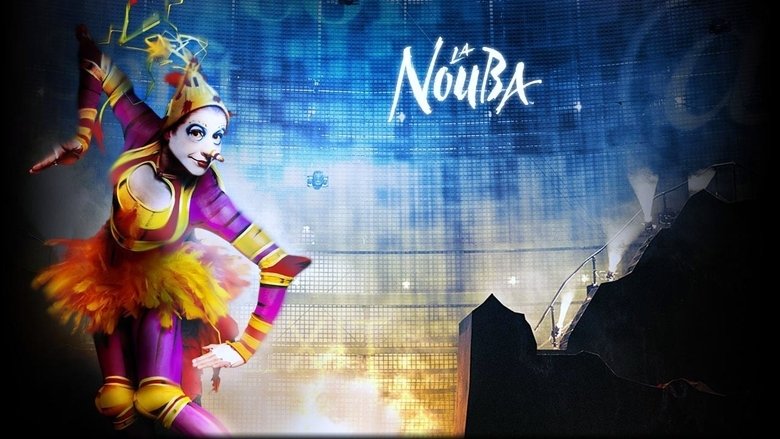
In the magical world of La Nouba, dreams become reality and talent turns the ordinary into the extraordinary. La Nouba is, literally, a waking dream come true – clowns, ballerinas, trapeze artists, an incredible BMX bicycle act – and much more.
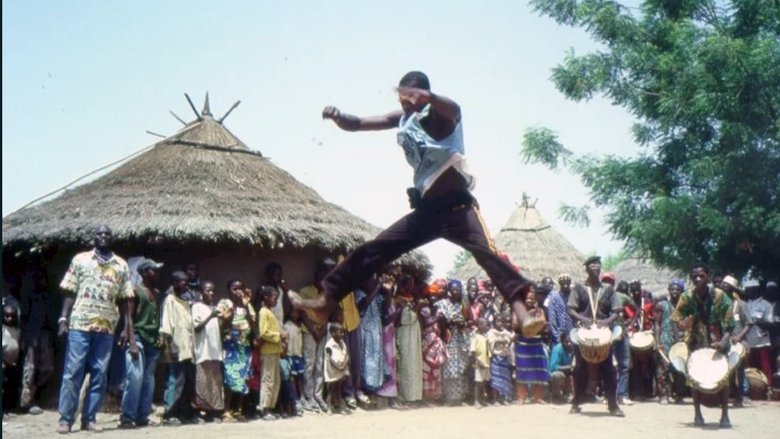
French filmmaker Laurent Chevallier always wanted to make a documentary on an African circus, but there were no native circuses on the continent. So Chevallier decided to help found a circus in Guinea. 36 young people were chosen from the city of Conakry to participate in what would become Circus Baobab. A group of French circus artists were imported to train the participants for 2 years in acrobatics and trapeze. Then the group took their show on the road. This film is Chevallier's account of the troupe's inaugural tour in Guinea, from March 1 - April 11, 2000.
"Who is Weary Willie?" explores the life of the once-famous circus character Weary Willie and his story tied to controversy and confusion over identity between his creator, Emmett Kelly Sr., and his son, Emmett Kelly Jr.